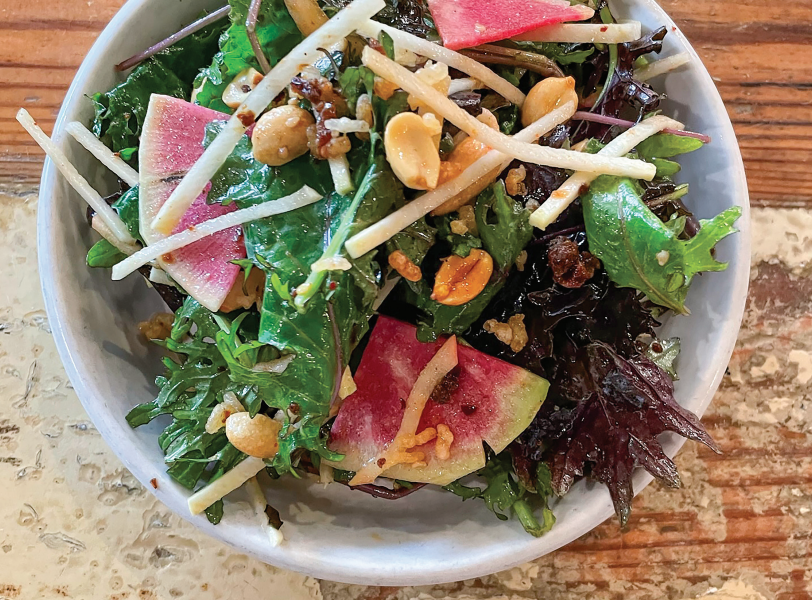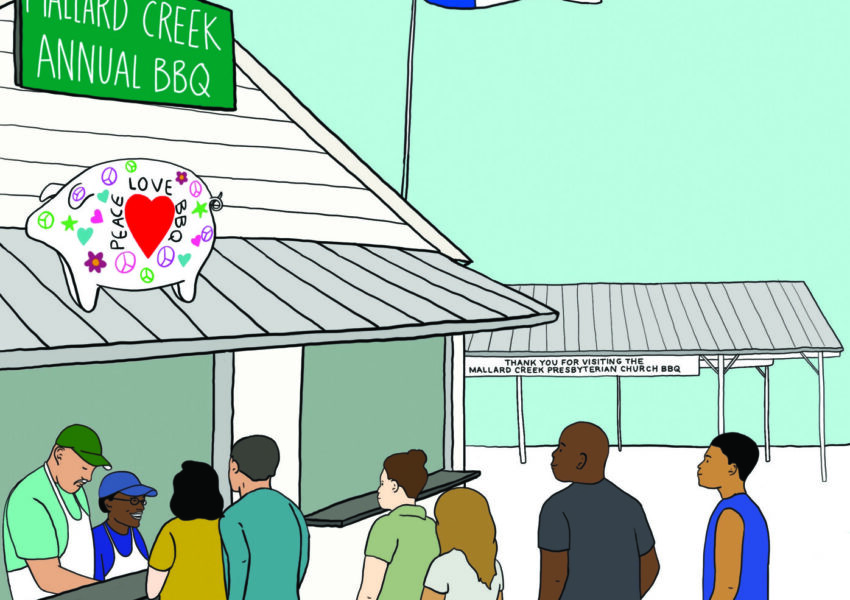GOODNIGHT, MRS. CALABASH My people, my coastline, my seafood
by Besha Rodell (Gravy, Fall 2015), with photos by Kate Medley
Featured in Best Food Writing 2016
When I was three years old, my maternal grandmother was very sick with cancer of the everything. My mother and father and I were living in Boston, but her brother, my uncle, was in medical school at the University of North Carolina, and as a result my grandmother was transferred to the hospital in Chapel Hill for her last months of care. It was her final wish to be taken to the ocean, and, because of this, my earliest memories of the seaside are of the Atlantic coast of North Carolina. I remember playing in the sand with cousins a few years older than me, I remember the small beach shacks that lined the coast in the 1970s, and I remember my uncle carrying my grandmother out into the water in his arms because she didn’t have the strength to walk.
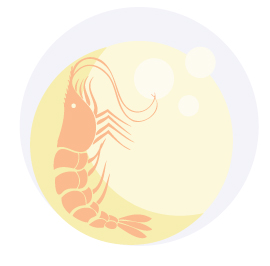 I was born into a nomadic family of sorts, one that has split and fractured and regrouped and moved, over and over again. By the time I was 18, I had lived in 5 cities, in 16 houses, and on two opposite ends of the world. There were and are very few constants in my life, locational or otherwise, but the land between Wilmington, North Carolina, and Myrtle Beach, South Carolina, is an exception. It is the coastline to which I belong.
I was born into a nomadic family of sorts, one that has split and fractured and regrouped and moved, over and over again. By the time I was 18, I had lived in 5 cities, in 16 houses, and on two opposite ends of the world. There were and are very few constants in my life, locational or otherwise, but the land between Wilmington, North Carolina, and Myrtle Beach, South Carolina, is an exception. It is the coastline to which I belong.
When I’m far away from this part of the world, as I usually am, three things tug at my heart the hardest. There are the beaches themselves, their old fishing piers and warm water and periwinkle-strewn sand. There’s the thrumming, intense greenness of the marshes, a kind of green that doesn’t exist anywhere else, that hits you when you cross the Intracoastal Waterway to the beach islands, an almost mossy green that’s different from the green of a forest or field or pasture, a green that is basically the color of my soul. And there are the hushpuppies and fried seafood of Calabash, North Carolina.
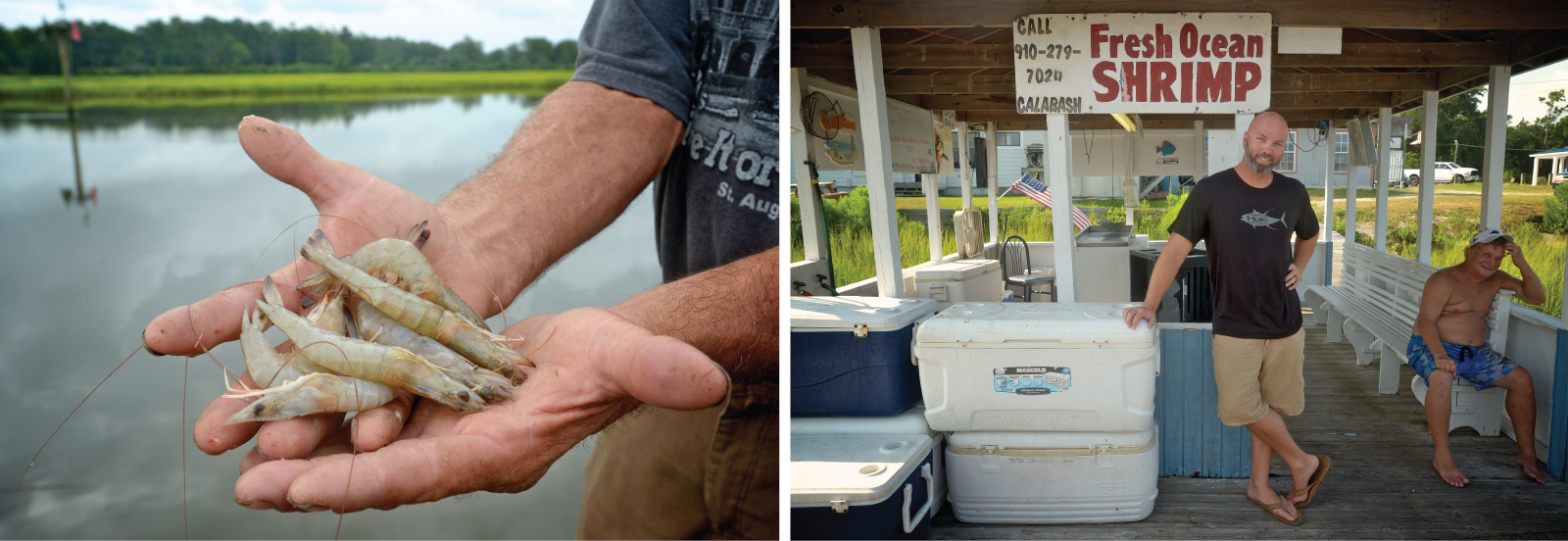
The land between Wilmington, North Carolina, and Myrtle Beach, South Carolina is the coastline to which I belong.
Calabash is a small fishing town on the border of North and South Carolina, just on the north side, on an off-shoot of the Intracoastal Waterway called the Calabash River. In the early 1800s, Calabash was called Pea Landing, but when they got a post office another name was needed. Pea Landing was already taken. “Calabash” comes from the French and Spanish words for “gourd.” The town likely got its name from the gourd-shaped river it sits upon.
The town comprises a few roads, most notably Highway 179, which runs the length of the town. A small waterfront overlooks the marshy river. It’s not close enough to the beach or to the bawdy wonder of Myrtle Beach to be a true tourist trap. For people who have been coming to this coastline year after year, as I have, Calabash is beloved for two things.
The first is a 35,000-square-foot gift shop called Callahan’s. About two thirds of that labyrinthine sprawl is run-of-the-mill beach stuff: shells, T-shirts, large sculptures of mermaids; the stuff you would use to tastefully (or not so tastefully) decorate the beach condo you just bought and named “Dune Nothin’.”
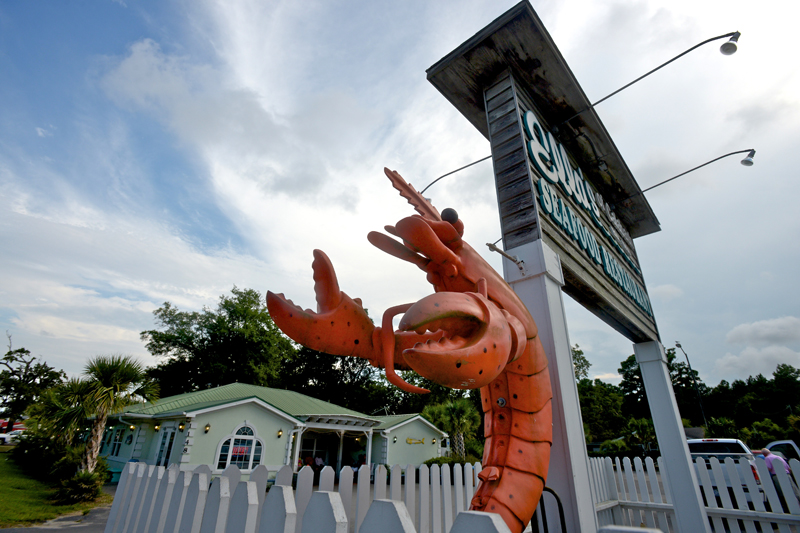 The back third of the store is Saint Nick Nack’s, a year-round Christmas shop dazzling in its breadth of sparkle. There are rooms and rooms of lights and snowmen, dinnerware and Christmas-themed electronic miniature train sets, ornaments for hunters and bakers and bikers.
The back third of the store is Saint Nick Nack’s, a year-round Christmas shop dazzling in its breadth of sparkle. There are rooms and rooms of lights and snowmen, dinnerware and Christmas-themed electronic miniature train sets, ornaments for hunters and bakers and bikers.
My husband, who was born and raised in North Carolina and who vacationed at nearby Cherry Grove Beach his entire childhood, still has a visceral horror-faced reaction when I say “Saint Nick Nack’s,” remembering summer days wasted while his mother dragged the family around the store, cooing over Christmas decorations in July. Fate is cruel: I do the same thing to him now.
Then there’s the fried seafood. On the town’s website and logo and elsewhere, Calabash declares itself the Seafood Capital of the World, and has done so for many decades, since back when the population was in the low hundreds. The New York Times reported in 1983 that Calabash had 180 people and 32 restaurants.
“Calabash-style” is a term used to describe breaded and fried seafood, usually served with hushpuppies and coleslaw.
“Calabash-style” is a term used to describe breaded and fried seafood, usually served with hushpuppies and coleslaw. The term is ubiquitous up and down the North and South Carolina coasts and especially along the gaudy stretch of Highway 17 that runs through Myrtle Beach, one of the South’s most popular destinations for spring break and summer vacation debauchery. True Calabash seafood is lightly breaded and lightly fried, and if you ask anyone who knows they’ll tell you it’s not really Calabash seafood unless you’re eating it in Calabash.
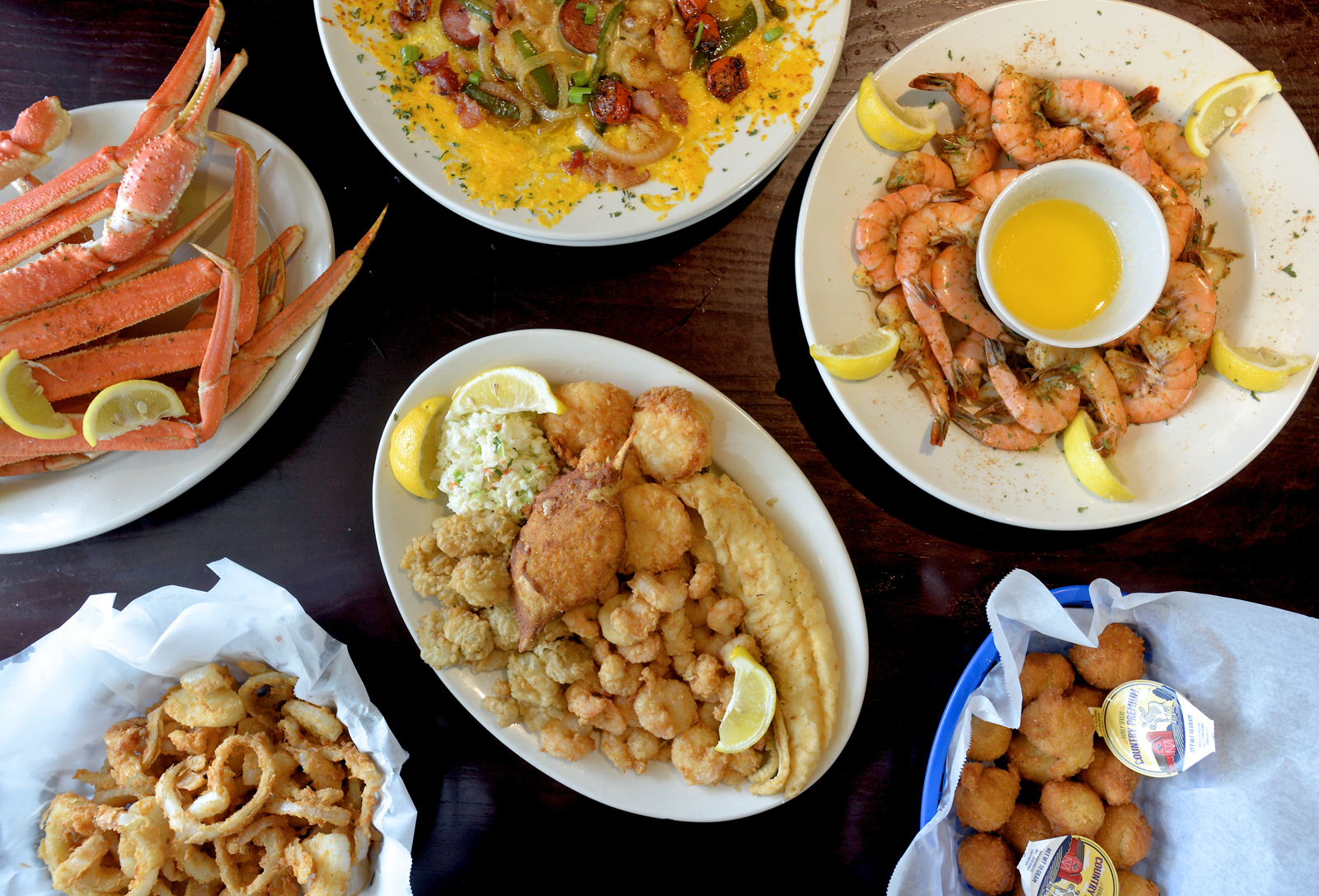
Even so, more people know the term than the town itself. You can find restaurants advertising Calabash-style seafood throughout the Carolinas, and into Virginia and land-locked West Virginia. In Battle Creek, Michigan, there’s a restaurant called Captain Luey’s Calabash Seafood.
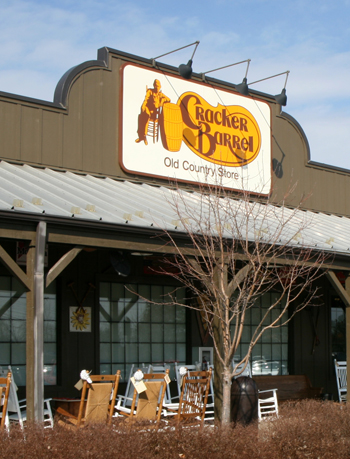
The mythology of how Calabash came to be famous for its seafood goes like this: In the 1930s, people would wait at the docks in the early evening for fishermen to drop anchor with the day’s catch. Families began to set up tubs of hot oil and fry the fish along the riverbank, and these fish camps became so popular that they eventually attracted locals, and then visitors. In the 1940s, two sisters decided to turn their family fish fries into brick-and-mortar restaurants. Ruth Beck and Lucy Coleman each opened a restaurant: Coleman’s Original in 1940, and soon after, Beck’s. In 1950, their brother, Lawrence High, and his wife, Ella, opened Ella’s.
As with any large family in any small town, different folks tell different stories of who came first and who invented what. But it’s accepted that these three siblings are the originators of Calabash seafood restaurants. Descendants of those siblings still own all three establishments. Lawrence High’s daughter, Sheryl Ann Hardee, took over Ella’s after her parents died. When the owners of Beck’s decided to sell in 2004, Hardee bought that restaurant to keep it in the family. Hardee’s children, Kurt Hardee and Shaun Bellamy, now own and operate both Ella’s and Beck’s.
While the addictive quality of the seafood cemented the town’s fame, it also got a boost from Jimmy Durante. Beginning in the 1950s, Durante began closing all his performances, which included television, radio, and live theater, with the words, “Goodnight, Mrs. Calabash, wherever you are.”
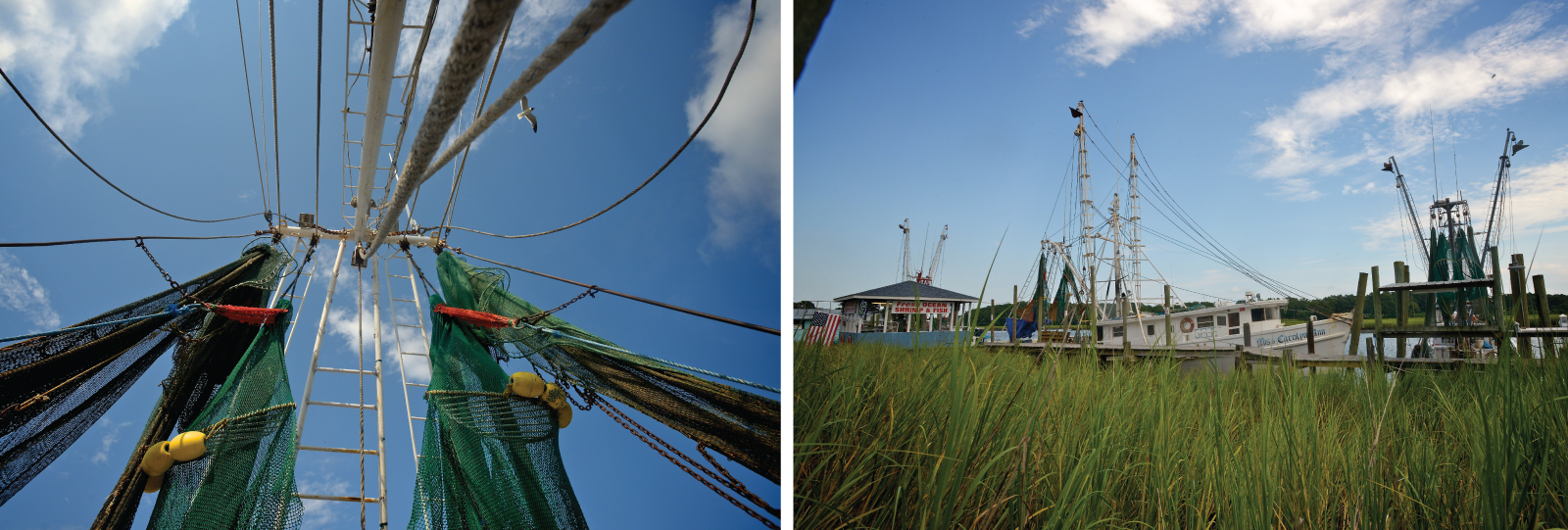
“Goodnight, Mrs. Calabash, wherever you are.”
Contested theories posit how and why Durante came to use that sign-off. (Was Mrs. Calabash Lucy Coleman, who fried the fish? Or did Durante’s first wife love Calabash-style seafood so much that “Mrs. Calabash” became his pet name for her?) There’s no doubt that Durante ate in Calabash at some point, and that it made such an impression that the town earned a prominent place in showbiz history.
My first consumer obsession was not food but junk, and it was junk that first brought me to Calabash. When I was a teenager, my family often drove down from the Northeast for a week or two in the summer to share a North Carolina beachfront home with my uncle. The summer after I graduated from high school, my mother bought a house in Tarrytown, New York, and the closing got pushed back until a couple of weeks after the lease expired on our previous house. We decided to turn temporary homelessness into a vacation. My mom and my three siblings and I piled into our station wagon and headed south to a beach house on Emerald Isle, North Carolina.
Within a few days, Hurricane Bertha had pushed us off the island, and that hiccup began a summer odyssey. The closing on the new house was pushed back again and again, and the five of us ended up driving around the South crammed into that wagon for what turned out to be months. We sat out the hurricane at a bed and breakfast in New Bern, my 14-year-old brother and I drinking the cheap complimentary port as we watched Bertha blow trees down the street. We drove to the mountains and then back to the beach, this time settling on Sunset Beach, our preferred beach, just to the north of Calabash.
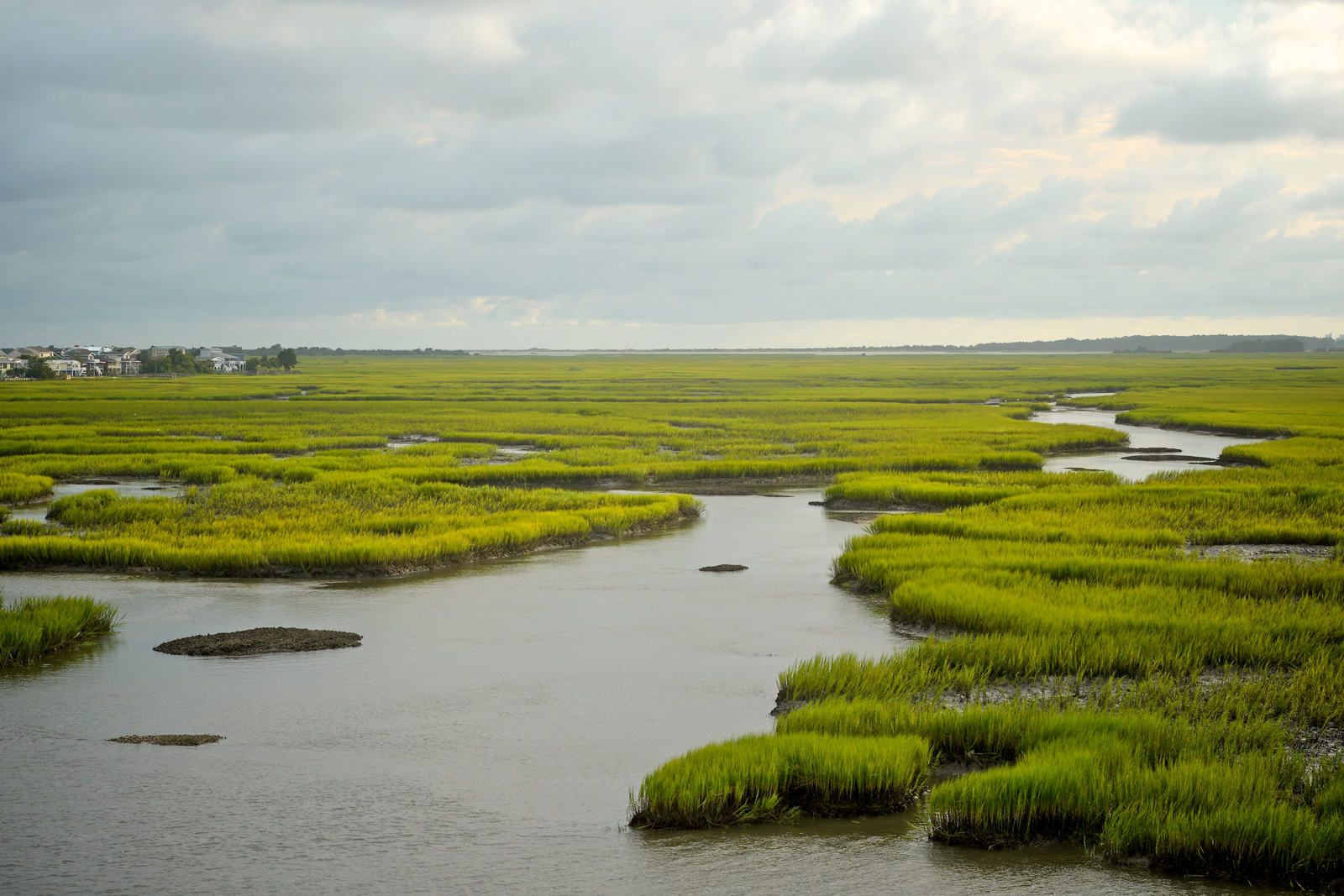
Seeing as we had no time constraints and nothing to do, I insisted we stop at every thrift store, junk store, and flea market we passed. On the winding back roads around Sunset Beach, we found a junkyard owned by a craggy guy named Mr. Varnum and spent hours exploring the bombed-out cars and mysterious twisted metal on his swampy property. And I learned that Calabash, North Carolina, is one of the best towns in America for thrift stores. In the Calabash EMS thrift store, which was located in a falling-down house and run by a 97-year-old woman and was only open on Saturdays, I found a Miss Teen Pageant USA T-shirt that read: “The Quality Pageant for Quality Girls.” It cost 10 cents. I still think of this as one of the shopping highlights of my life.
From there we stumbled upon Saint Nick Nack’s. And from there, across the street, we discovered Ella’s of Calabash.
 Of the three earliest Calabash restaurants, only Ella’s still operates in its original building. Ella’s is built in the typical style of casual Southern coastal restaurants: There are wooden booths, brusk waitresses in pastel Ella’s T-shirts, and a short salad bar (one trip: $3, all-u-can-eat: $5.99) with canned beets and cottage cheese and green olives and six kinds of dressing, all of them creamy. The walls are festooned with 65 years’ worth of memorabilia, including a giant mounted fish that that Ella herself is said to have caught.
Of the three earliest Calabash restaurants, only Ella’s still operates in its original building. Ella’s is built in the typical style of casual Southern coastal restaurants: There are wooden booths, brusk waitresses in pastel Ella’s T-shirts, and a short salad bar (one trip: $3, all-u-can-eat: $5.99) with canned beets and cottage cheese and green olives and six kinds of dressing, all of them creamy. The walls are festooned with 65 years’ worth of memorabilia, including a giant mounted fish that that Ella herself is said to have caught.
The menu at Ella’s is the same as the menus at almost every other restaurant in town: small or large plates of fried shrimp, oysters, flounder, scallops, or deviled crabs. Or combos with two or three of these items. You can get side orders of them, platters of them, sandwiches stuffed with them. Or, “for land lovers,” there’s a spaghetti dinner.
The original locations of Beck’s and and Coleman’s burned down. In October of 2012, Beck’s caught fire due to some old wiring in the roof. It reopened six months later, in April 2013. The new, nautical-themed interior feels antiseptic compared to its former worn and homey building, which stood for 72 years.
Losing the original Beck’s was heartbreaking for Shaun Bellamy, the granddaughter of Ella and daughter of Sheryl Ann Hardee, who grew up working in both restaurants. “My mom was so passionate about keeping Beck’s in the family,” Bellamy says. “She passed away just a few years ago, and that was her project. To see the old building go was just so hard. I love the new building, but it’s not the same.” Bellamy’s father, who served as Calabash’s mayor for 20 years and helped build the new Beck’s building, passed away last January.
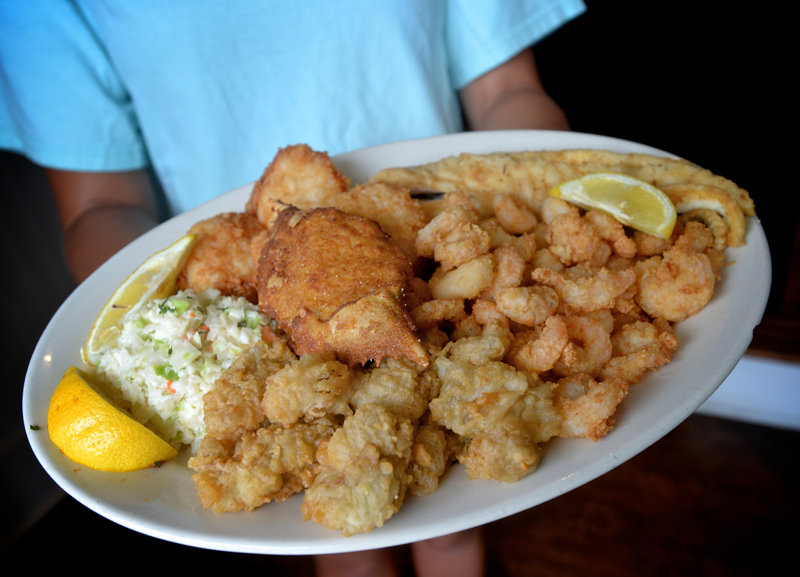 Lots of restaurants have burned in Calabash over the years. Last year, Coleman’s Original went up in flames, for similar reasons, and it wasn’t the first time: Coleman’s had burned once before, in the 1970s. They are planning a comeback similar to Beck’s—a new building to house all that old history. Captain John’s, on the west side of Coleman’s, burned in November 2010. Captain Nance’s, next door to the east, burned down in July 1999.
Lots of restaurants have burned in Calabash over the years. Last year, Coleman’s Original went up in flames, for similar reasons, and it wasn’t the first time: Coleman’s had burned once before, in the 1970s. They are planning a comeback similar to Beck’s—a new building to house all that old history. Captain John’s, on the west side of Coleman’s, burned in November 2010. Captain Nance’s, next door to the east, burned down in July 1999.
Even before the fires, my family always gravitated toward Ella’s. When I married into a North Carolina family, I was relieved that their loyalty lay with Ella’s, too.
I don’t know if there’s much of a difference between Ella’s and the other restaurants in Calabash. Bellamy says the recipes are all similar, but that doesn’t stop people from arguing over whose is better, or greasier, or fresher. I do know that Ella’s serves the kind of hushpuppies that are long and squiggly and lighter than the cornmeal spheres served at Beck’s and most other spots. And I know that the fried oysters at Ella’s taste the crispest and creamiest, probably because I ate there as a kid and I ate there during that crazy homeless summer and I ate there the day before my wedding. We said our vows under Spanish moss looking out over the marshes of the Intracoastal Waterway at a house about a mile and a half north of Calabash.
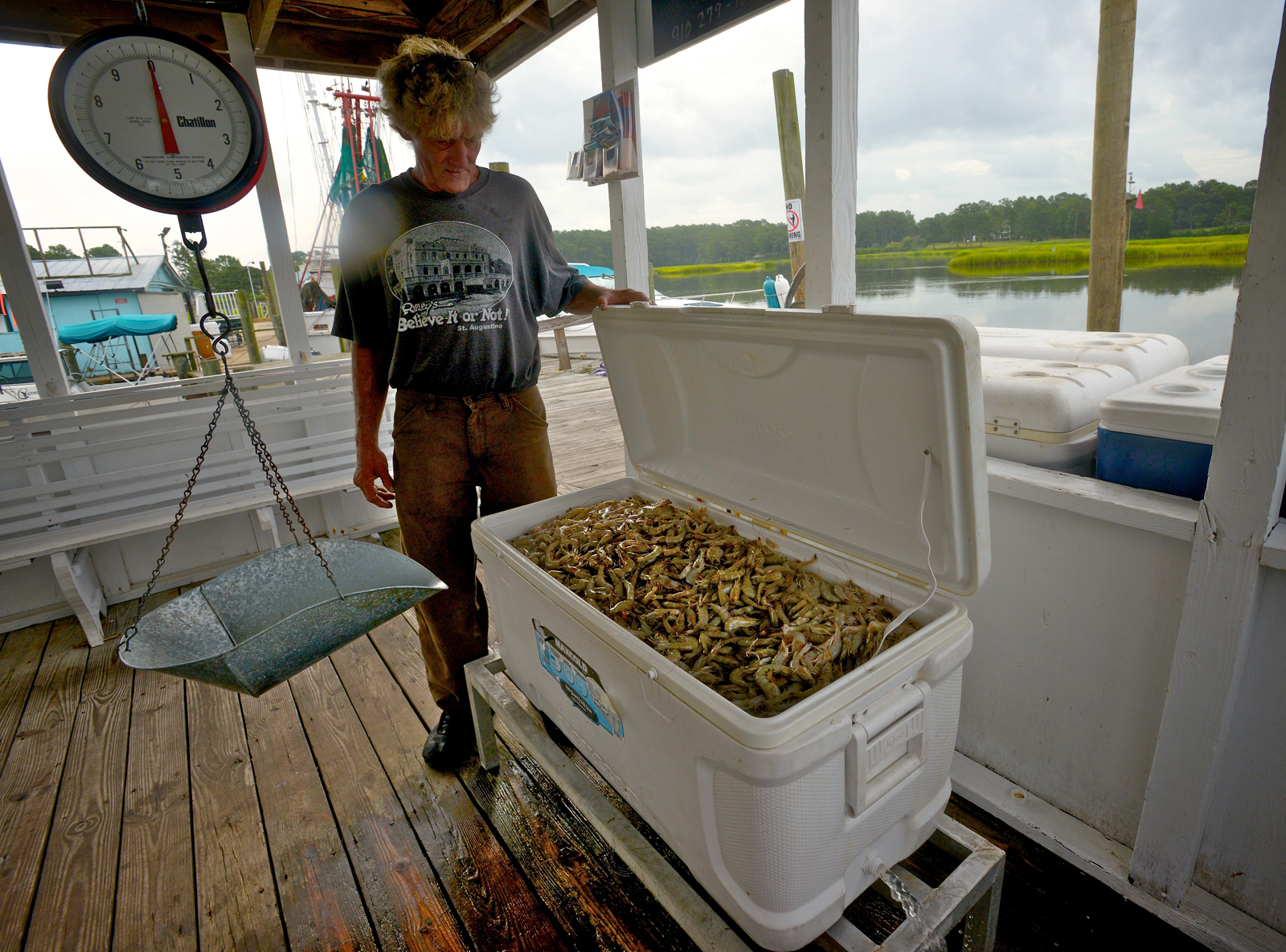
In the 32 years since that New York Times article, the population of Calabash has grown to just over 2,000, which is a lot of people to fit into 3.7 square miles. The largest restaurant in town is a newer place called Boundary House that sits behind (and is owned by the same folks as) Callahan’s gift shop. In a dining room that looks like it belongs to a fancy mall restaurant, they serve frozen drinks and “oriental chicken salad” and spinach-artichoke dip in addition to fried seafood.
But according to Bellamy, not much has changed, despite the town’s massive population growth. “There aren’t nearly as many restaurants as there used to be. It’s mainly just the ones with a long history,” she says. “Someone came in here and tried to open one of those Myrtle Beach–style buffets that call themselves Calabash, but they didn’t last long.”
The remaining restaurants still have long waits for dinner many nights, but the shrimp trade that built Calabash isn’t what it used to be. In the last 30 years, a combination of golf-course gentrification, declining shrimp hauls, and the glut of imported frozen shrimp have killed much of the business that was left. The two main shrimping companies in town now make most of their money from the charter fishing business. In the early mornings, a group of shrimpers gathers at the Calabash riverfront to drink coffee, tell stories, and reminisce. They’re mainly retired.
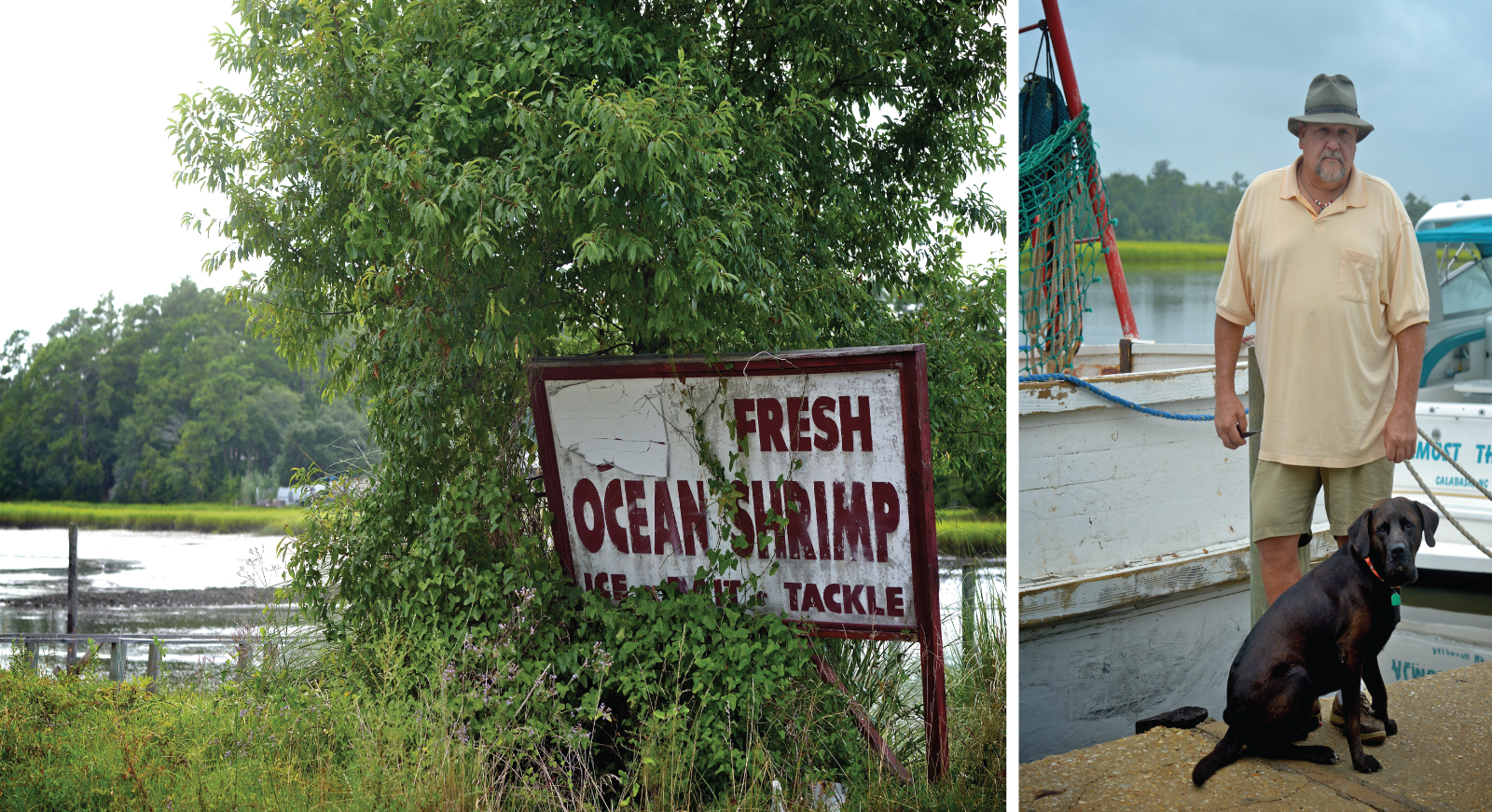
Bellamy admits that because of the demand they face and the small supply, they often use frozen shrimp, though not when they can get fresh. On some things she stands firm. “At Ella’s we have oyster roasts during the winter, and it’s one of our most popular items.” Those oysters, different from the variety she fries, come in huge metal tubs, still fused together. You have to wrestle them apart and open to get to the briny-hot goodness inside. “We want our food to represent this town, this part of the country,” Bellamy says.
I’ve never eaten at Captain Luey’s Calabash Seafood in Battle Creek, Michigan. I’m sure there’s plenty about it to love, but I’ve come to the conclusion that some food isn’t meant to transplant particularly well. It’s okay if I can’t get proper North Carolina or Texas barbecue in Los Angeles, where I live now, and it’s okay if Calabash seafood is only truly possible in Calabash. If you want to try it, you’ll just have to go there yourself.
To that end, I’m now teaching my son the exquisite torture of a trip to Saint Nick Nack’s to buy Christmas ornaments in July, followed by a plate of fried seafood at Ella’s. Despite the influx of residents, despite the fires, Bellamy is right that not much has changed here, which is maybe why I’m so attracted to this odd little town. The EMS thrift store has moved twice and is now open six days a week. I’d look stupid in a Miss Teen Pageant USA T-shirt these days. But the fried shrimp at Ella’s still taste like history, and that mossy green marsh along the Calabash River is as close to a home as anywhere else I’ll ever be.
Besha Rodell is the restaurant critic for LA Weekly.

ENCORE: SALTWATER ORAL HISTORIES
Harkers Island, NC
The Down East community of Harkers Island, located in the Outer Banks of North Carolina, is an island community built on foodways and traditions necessitated by the landscape. Harkers Island is a community inextricably linked to the water, and its people–fisherman and boat builders–deeply woven into the fabric of place.
Explore more >
Charleston, SC
Charleston, South Carolina’s maritime legacy stretches from the Atlantic Ocean into the rivers, inlets, and streams of the Lowcountry. From the shrimping docks of Shem Creek to the crab pots of the Stono River, to the oyster beds of Sol Legare, fishing traditions are carried along, shifting and adapting.



